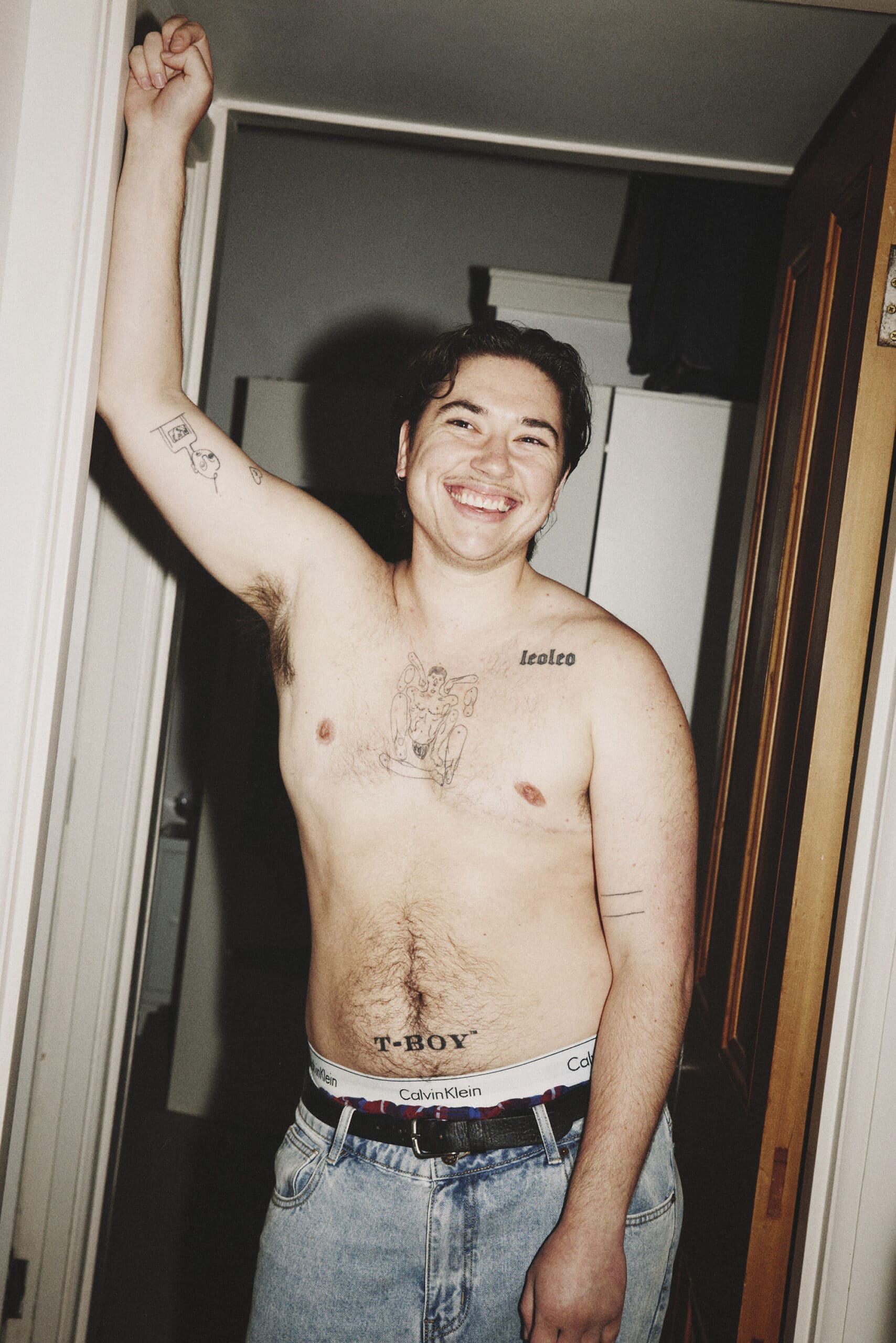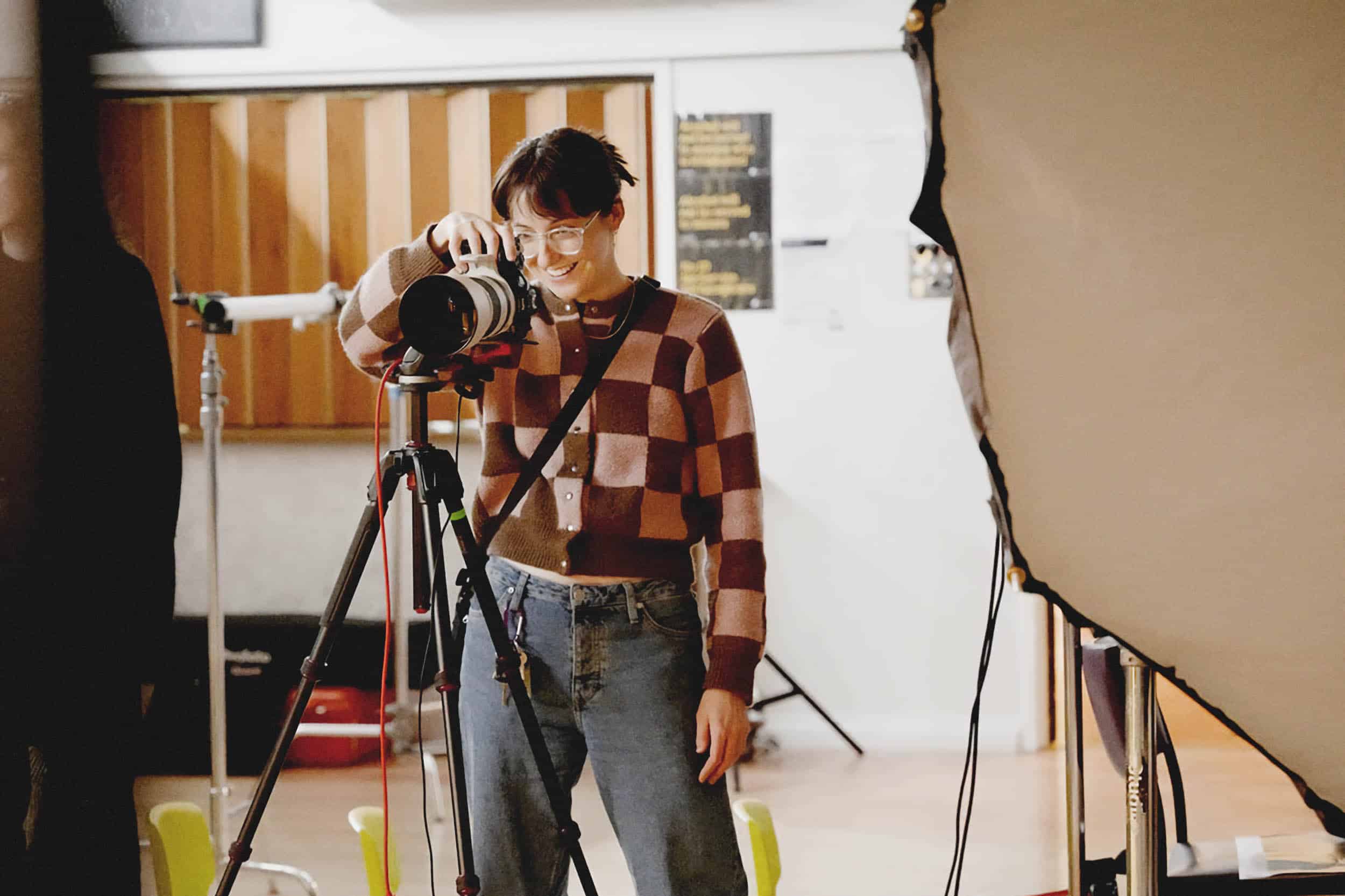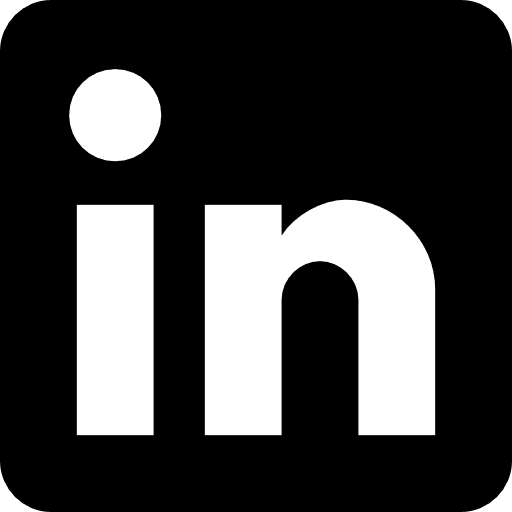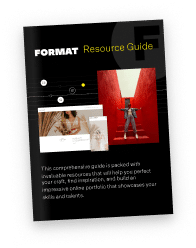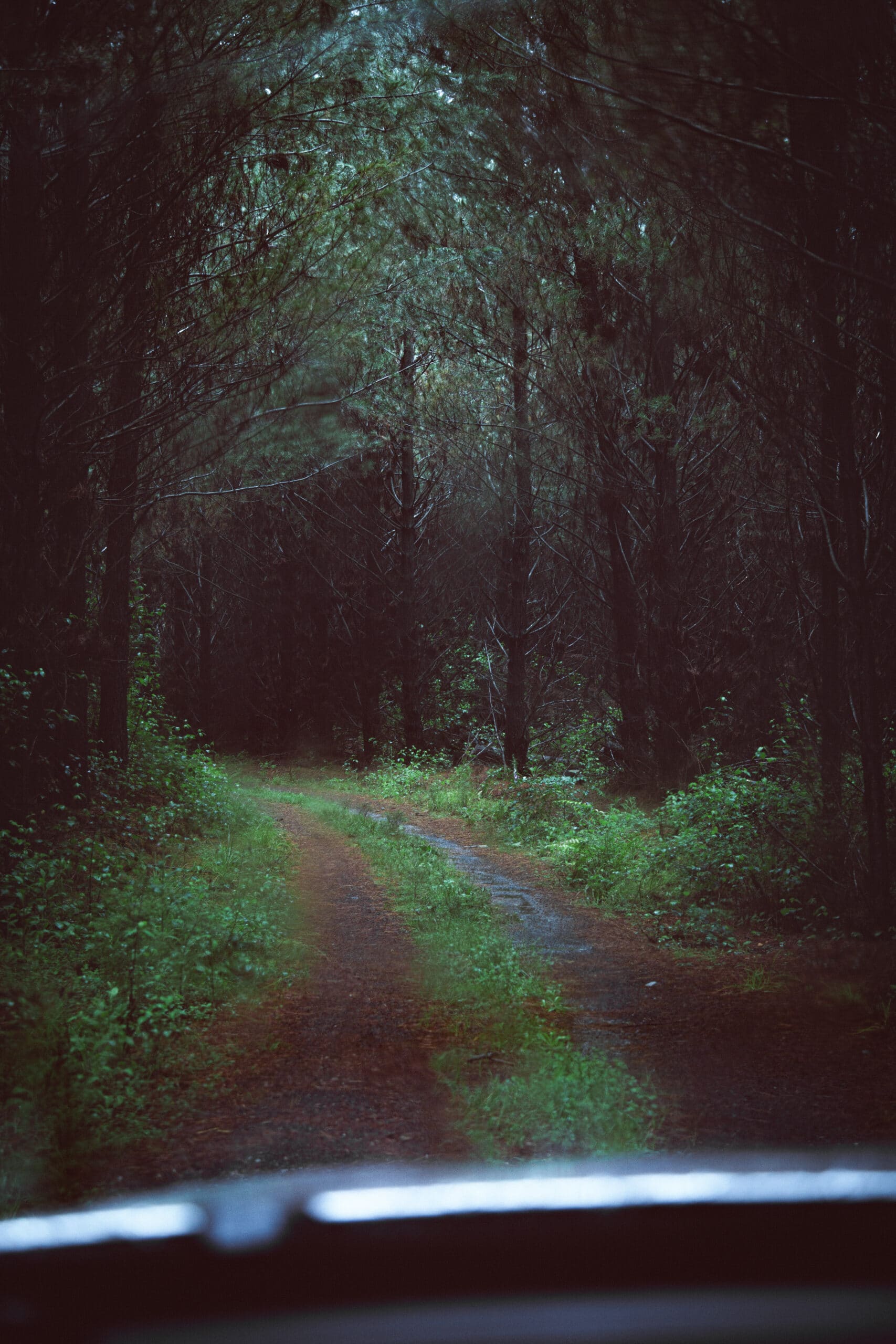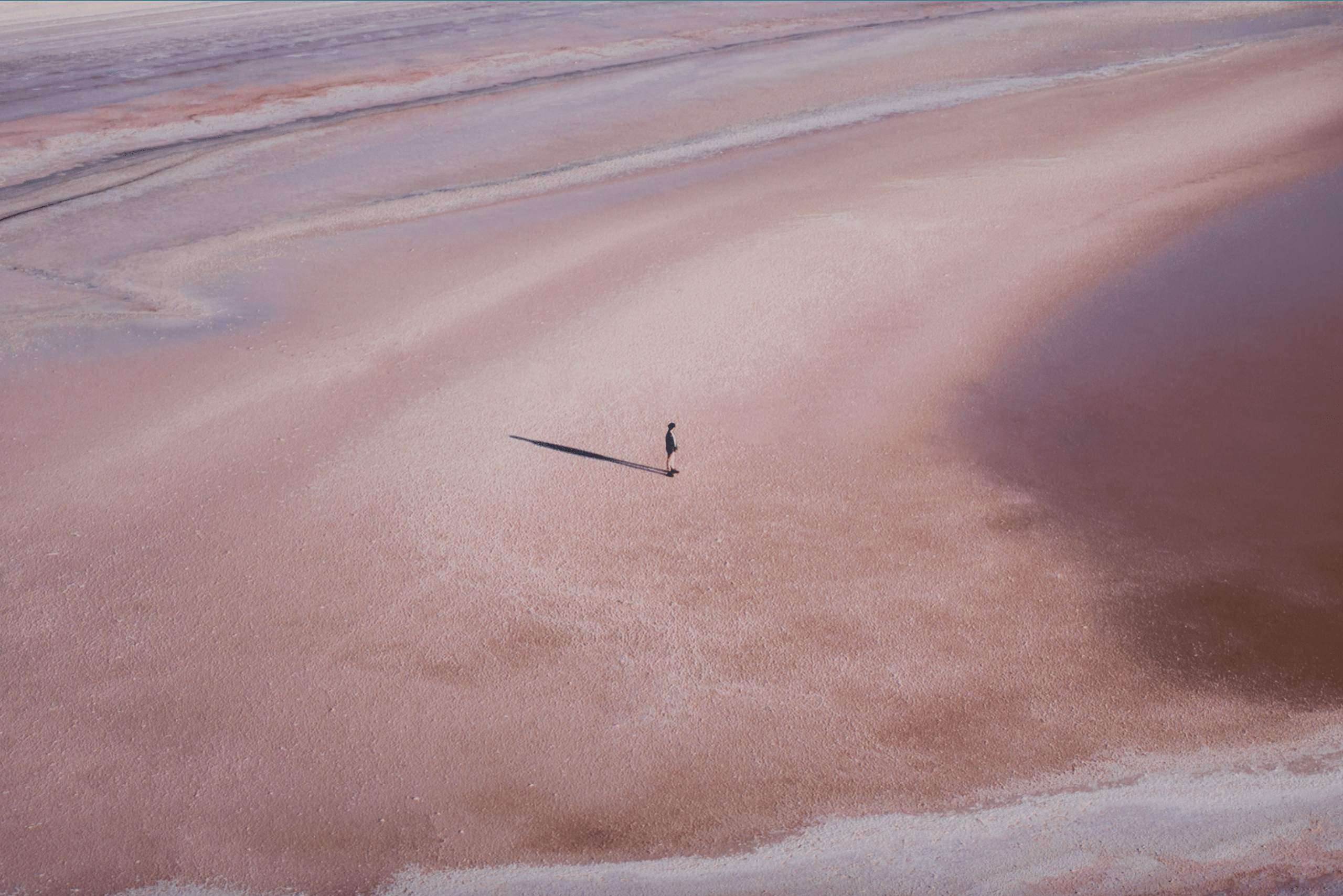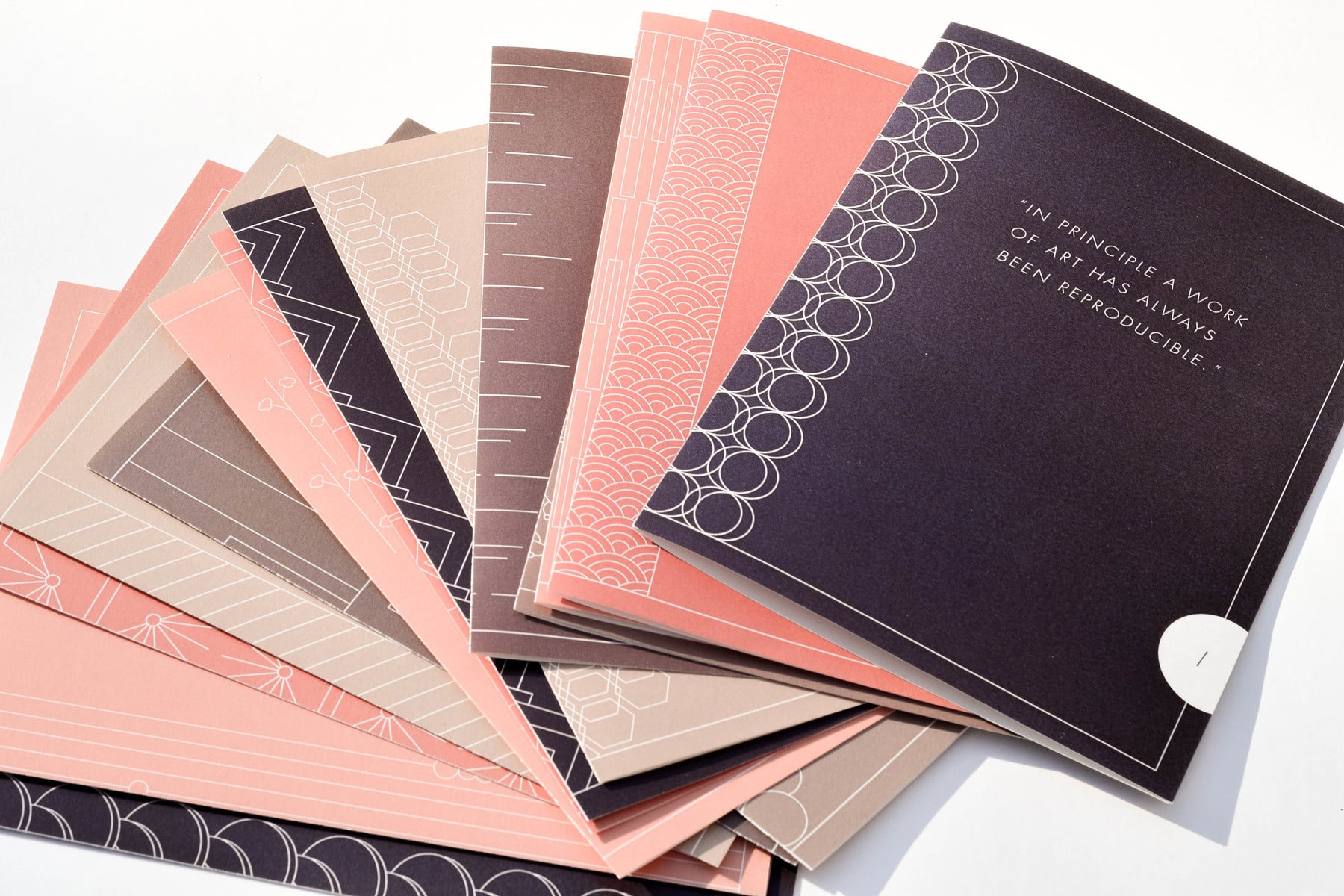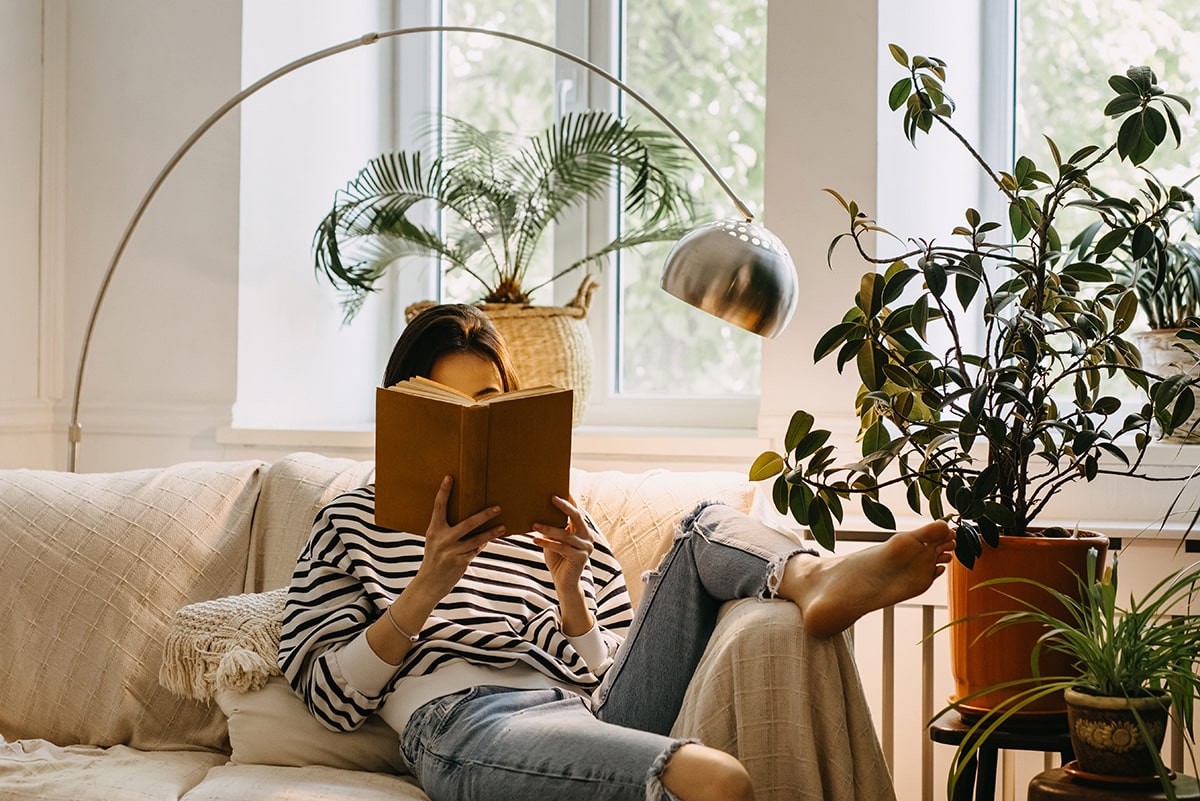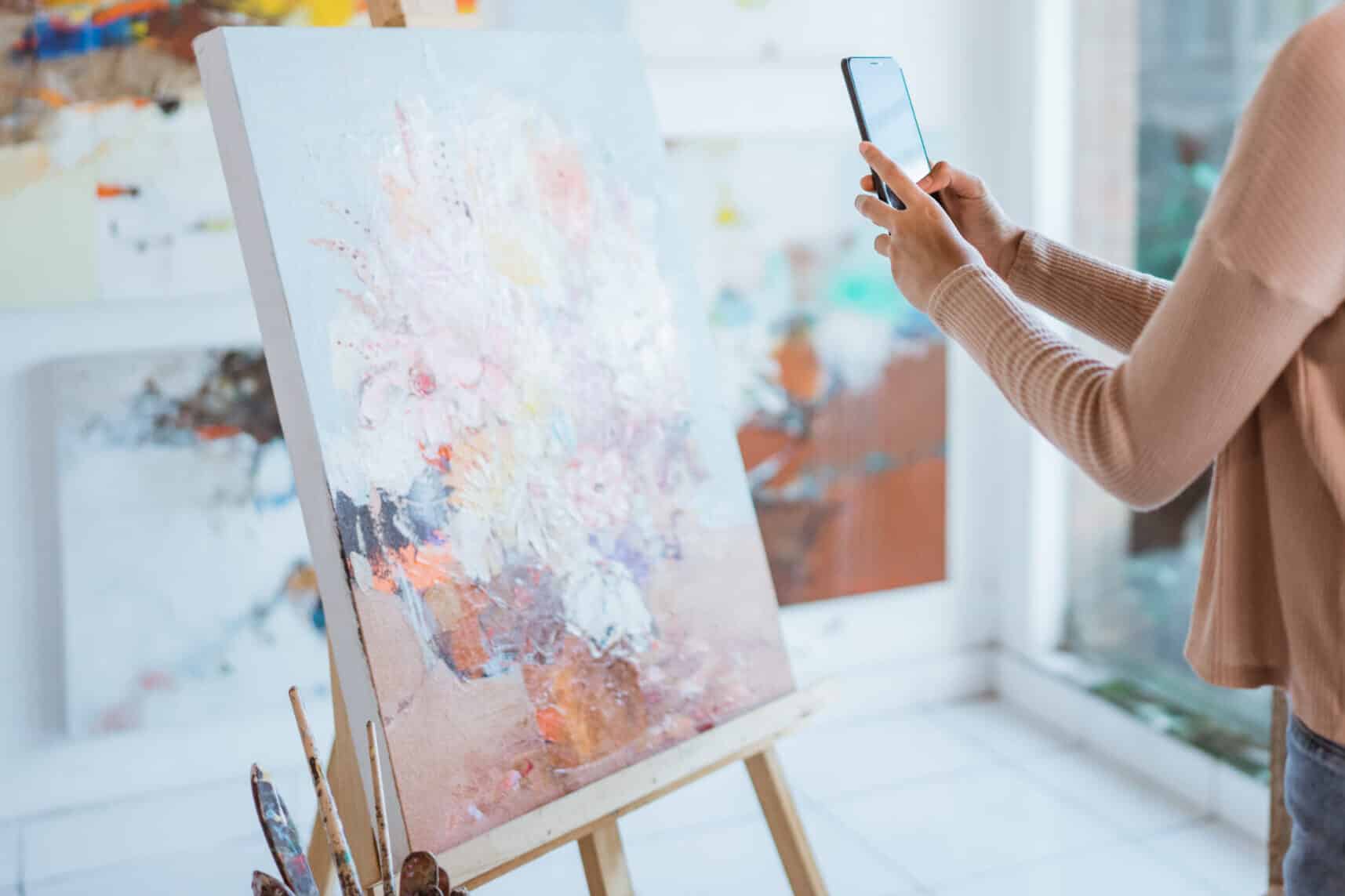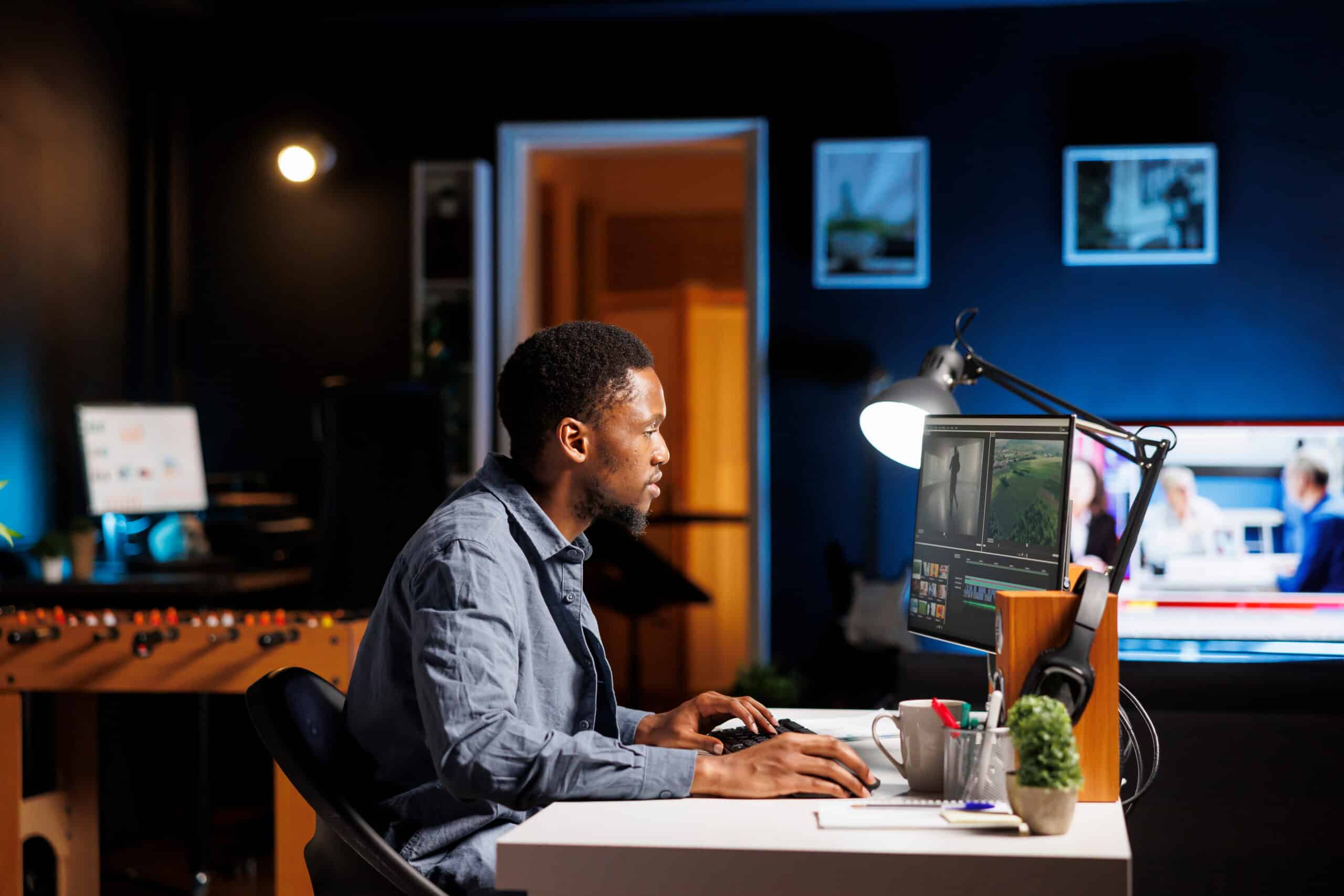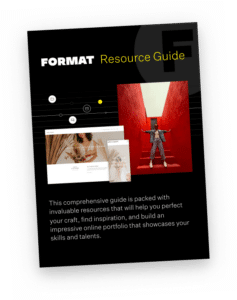Frances ist für ihren mutigen Einsatz von Farben bekannt. Mit ihren Standbildern schafft sie eine visuelle Darstellung der Stimmung und der kinetischen Energie der Musik, die sie inspiriert. Für ihre bewegten Arbeiten erstellt Frances Musikvideos in Zusammenarbeit mit verschiedenen Musikern, darunter Ratbag, THEIA und The Beths. Frances hat sich mit Format zusammengesetzt, um über die Rolle von Farbe und Synästhesie in ihrer Arbeit, den Übergang zur Vollzeitfotografie und die bewusste Wahl ihrer fotografischen Nischen zu sprechen.
Um mehr von Frances' Arbeit zu sehen, Schau dir ihr Format-Portfolio an.
Sieh dir hier einen Teil unseres Gesprächs an:
Bitte stelle dich und deine Arbeit vor.
Mein Name ist Frances Carter. Ich bin Fotografin und wohne in Tāmaki Makaurau, auch bekannt als Auckland, Neuseeland. Ich habe mich auf Porträts spezialisiert, oft von Musikern und Künstlern. Ich arbeite auch ein bisschen für die Werbung und führe gelegentlich auch Regie bei Videos.
Ich habe mit der Fotografie als Hobby angefangen, als ich etwa 14 Jahre alt war. An meiner High School gab es Fotokurse, aber ich war nicht dabei. Als ich merkte, dass mir das Hobby wirklich Spaß machte, ging ich zu der Fotolehrerin, zeigte ihr einige meiner Arbeiten und fragte: "Können Sie mich in den Kurs aufnehmen?" Und sie sagte tatsächlich nein. Ich habe an der Universität einen Abschluss in Bildender Kunst gemacht, also gab es in dieser Hinsicht ein bisschen formale Ausbildung, aber es ging eher um Konzepte als um technische Dinge.
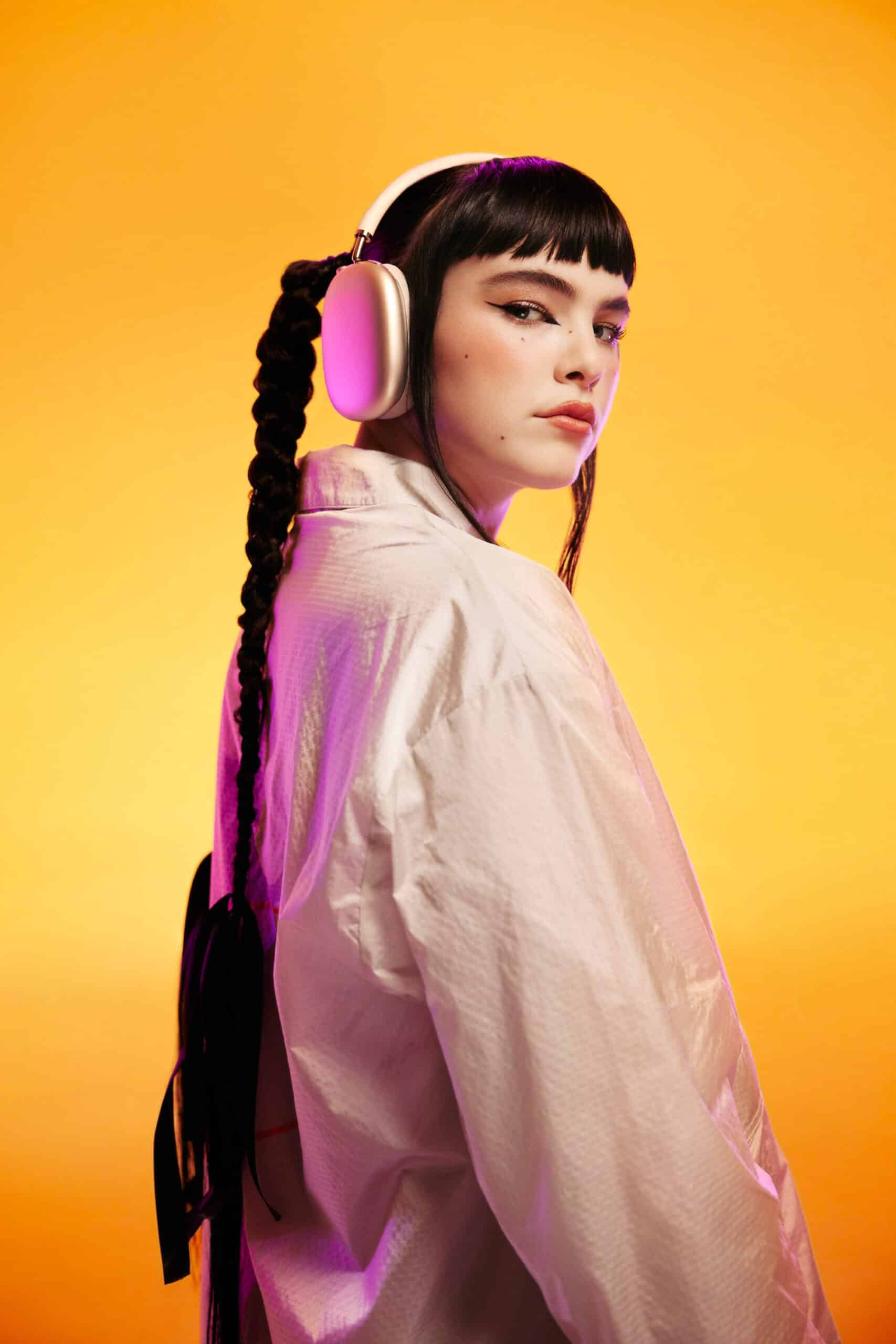
Meine technische Ausbildung erhielt ich nach meinem Studium, als ich anfing, in Ausrüstungsverleihen zu arbeiten. Meine Aufgabe dort war es, jedes Lichtstativ, jedes Griffstück, jeden Modifikator, einfach alles zu kennen - zu wissen, wie die Ausrüstung heißt, wie sie funktioniert, und den Leuten das erklären zu können. Ich glaube, dieser Teil meiner Ausbildung hat mir die beste technische Grundlage verschafft. Ich habe auch einige Jahre als Fotoassistentin gearbeitet, und das war eine großartige Möglichkeit, verschiedene Herangehensweisen an die Beleuchtung, die Kameraführung und das Management eines Drehs kennenzulernen.
Es gab nicht wirklich einen Punkt, an dem ich beschloss, dass die Fotografie mein Beruf werden sollte. Es war das, was ich tat und was ich weiterhin tat. Und hier bin ich nun, mehr als 12 Jahre später, und mache es immer noch - es war nicht beabsichtigt, es zu meinem Beruf zu machen, aber ich bin froh, dass es so gekommen ist.
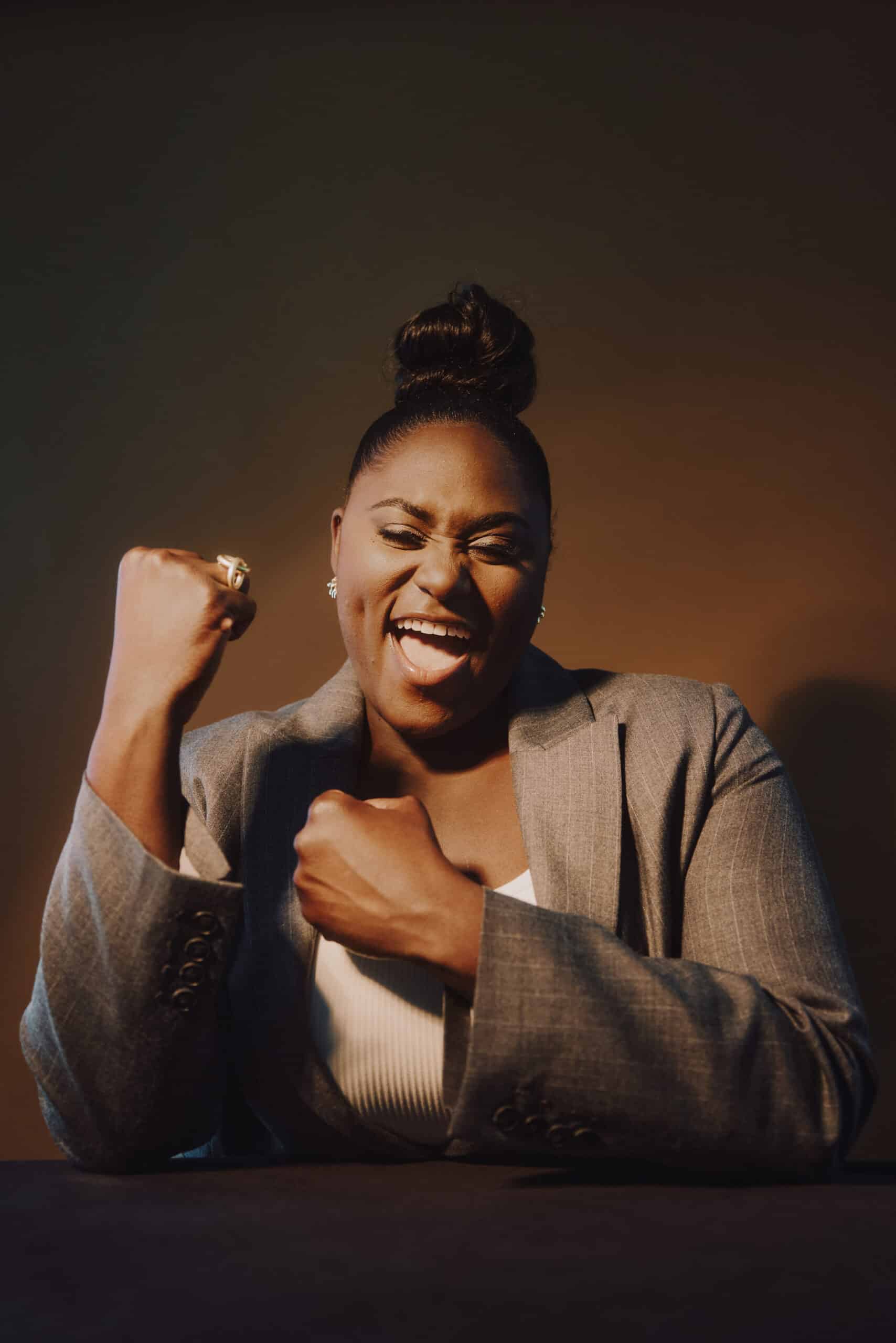
Wie war für dich der Übergang von der Assistenz für andere Fotografen zur Vollzeitfotografie?
Selbst als ich in der Ausrüstungsvermietung oder als Fotoassistentin gearbeitet habe, habe ich nebenbei immer meine eigene Arbeit gemacht. Mit der Zeit wurde das natürlich immer mehr, bis ich schließlich zu 50 % für andere Leute arbeitete und meine eigenen Fotoshootings machte. Der Anstoß, der mich zur Vollzeitarbeit als Fotograf brachte, war die Pandemie. Zu dieser Zeit war meine Arbeit ziemlich instabil, weil wir hier mehrere Sperrungen hatten, in denen ich nicht arbeiten konnte - die längste war etwa drei Monate lang. Das gab mir eine wirklich klare Pause von der Assistenzarbeit. Zu dieser Zeit hatte ich ein Gespräch mit Emily Moon, die jetzt meine Agentin ist. Sie war bereit, jemand Neues unter Vertrag zu nehmen, und wir kannten uns bereits von meiner Arbeit als Assistentin, also passte alles zusammen.
Das war der Anstoß, den ich brauchte, als sie sagte: "Lass mich mit dir arbeiten." Ich wusste, wenn ich über die Agentur ein paar Werbejobs bekäme, könnte ich das mit meiner Musikfotografie vereinbaren und Vollzeit arbeiten. Jetzt sind wir drei Jahre später und es funktioniert.
Die Erfahrungen, die ich durch das Assistieren gesammelt habe, sind wirklich von unschätzbarem Wert. Als Assistent lernst du eine Menge, nicht nur darüber, wie andere Fotografen ihre Arbeit am Set in Bezug auf Beleuchtung und Kamera machen, sondern auch über Dinge, die weniger offensichtlich sind: Welche Rolle hat jedes Crewmitglied und an wen wendest du dich, wenn du ein Problem am Set hast? Sowohl in der Werbung als auch bei meiner Arbeit mit Musikern ist es gut, solche Dinge zu wissen und zu lernen, wie man sich an einem größeren Set verhält.
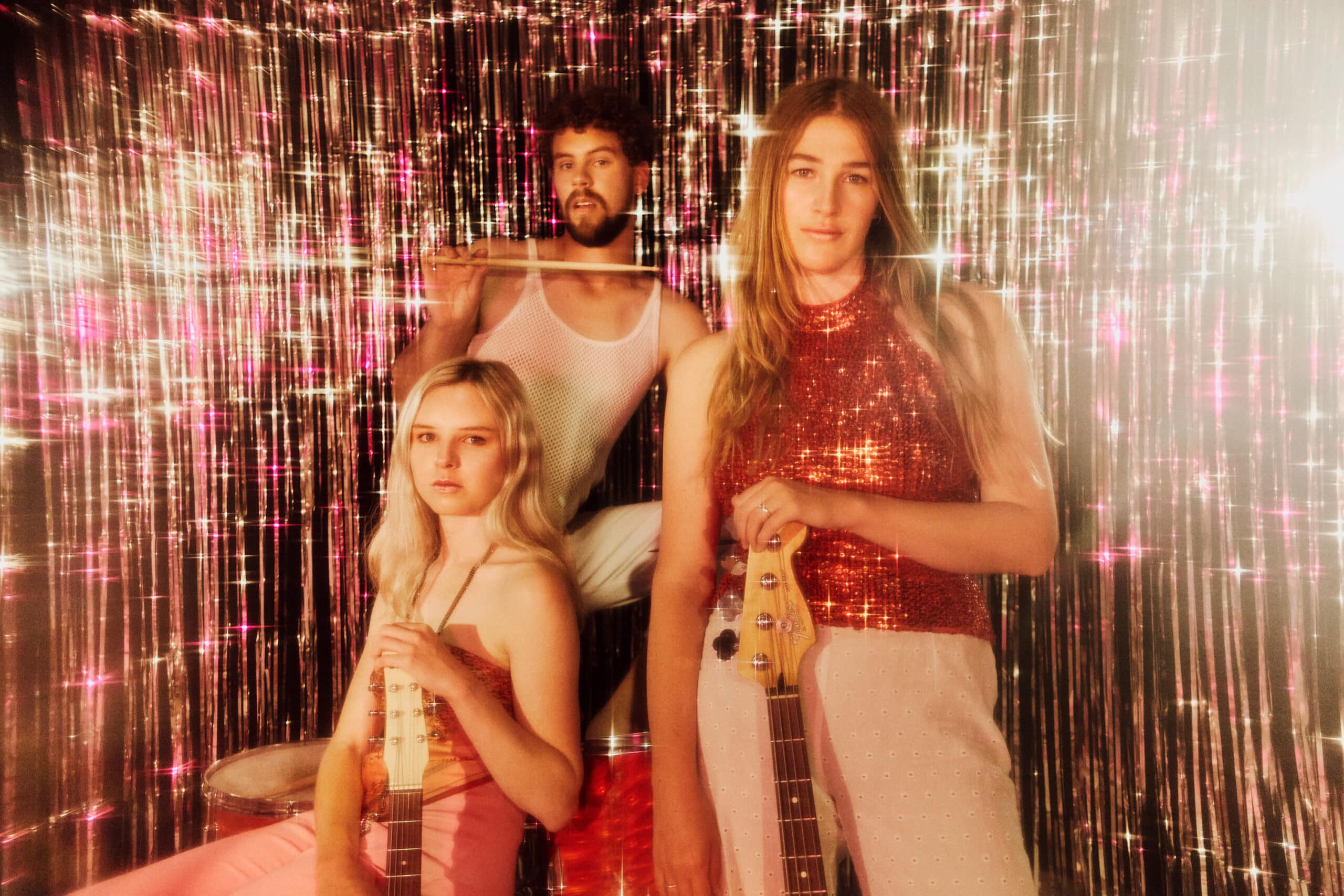
Wie hast du angefangen, Musiker zu fotografieren?
Ich habe in der Highschool angefangen, Musiker zu fotografieren. Ich war mit vielen Musikern befreundet und war einer der wenigen in meiner Freundesgruppe, der kein Instrument spielen konnte. Mein Beitrag zur Szene bestand darin, Menschen zu fotografieren. Wir hatten in Auckland eine ziemlich florierende All-Age-Szene. Ich ging zu jedem Konzert, das ich besuchen konnte, und machte Fotos.
Es war ein bisschen Dokumentation und ein bisschen Live-Musik. Daraus wurden natürlich mehr inszenierte Pressefotos, als die Musiker, mit denen ich arbeitete, immer erfolgreicher wurden. Lokale Musikzeitschriften, Blogs und Magazine baten mich, auf Konzerte zu gehen und für sie zu fotografieren.
Damals dachte ich, das wäre ein tolles Angebot - eine Freikarte für eine Show und du musst nur ein paar Stunden arbeiten. Im Nachhinein betrachtet war es vielleicht kein so gutes Geschäft, vor allem, wenn die Tickets 20 Dollar kosteten, aber ich konnte einige meiner Lieblingsbands sehen, als ich noch ein pleite gegangener Student war. Es war toll, ganz vorne zu stehen und wirklich bedeutsame Ereignisse und historische Dinge festzuhalten - das war wirklich erfüllend. Ich glaube, die Musikfotografie ist eine der Arten von Fotografie, die mit der Zeit an Bedeutung gewinnen kann.
Das Bild mag großartig sein, wenn du es aufnimmst, aber 30 Jahre später blicken die Leute auf die Karriere dieses Künstlers zurück und ein Bild, das du aufgenommen hast, ist DAS endgültige Bild. Ich hoffe immer, dass ich solche Bilder von Menschen machen kann.
Verbinde dich mit deiner Gemeinschaft
Peppe deine Marke mit einer professionellen Portfolio-Website auf.
Als ich anfing, war das noch in der Ära der Facebook-Alben, so dass die Leute am nächsten Tag nach einem Auftritt 200 Fotos erwarteten. Das war eine tolle Möglichkeit, die Leute wissen zu lassen, dass ich Fotograf bin. Jeder wusste es einfach, weil er irgendwann auf einem Foto markiert wurde. So wurde ich in unserer kleinen Gemeinde sehr stark mit der Fotografie in Verbindung gebracht, und das ist auch nach über zehn Jahren noch hilfreich - die Leute wissen, dass ich die Musikfotos mache.
Kommerzielle Kunden nutzen meine Musikarbeiten oft als Beispiel dafür, was sie sich für ihre Markenfotografie wünschen. Die kulturelle Relevanz gefällt ihnen sehr - das ist es, was sich jeder für kommerzielle Arbeiten wünscht. Sie wollen, dass es sich nicht kommerziell anfühlt. Ich liebe es, wenn Leute mit einer Idee zu mir kommen und ich als technischer Produzent fungiere und herausfinde, wie man ihre Idee zum Leben erwecken kann, sowohl bei Musikern als auch bei kommerziellen Kunden. Es ist wichtig, dass ich viele Arbeiten drehe, die nicht aus der Werbung kommen, und das hilft mir, Aufträge aus der Werbung zu bekommen.
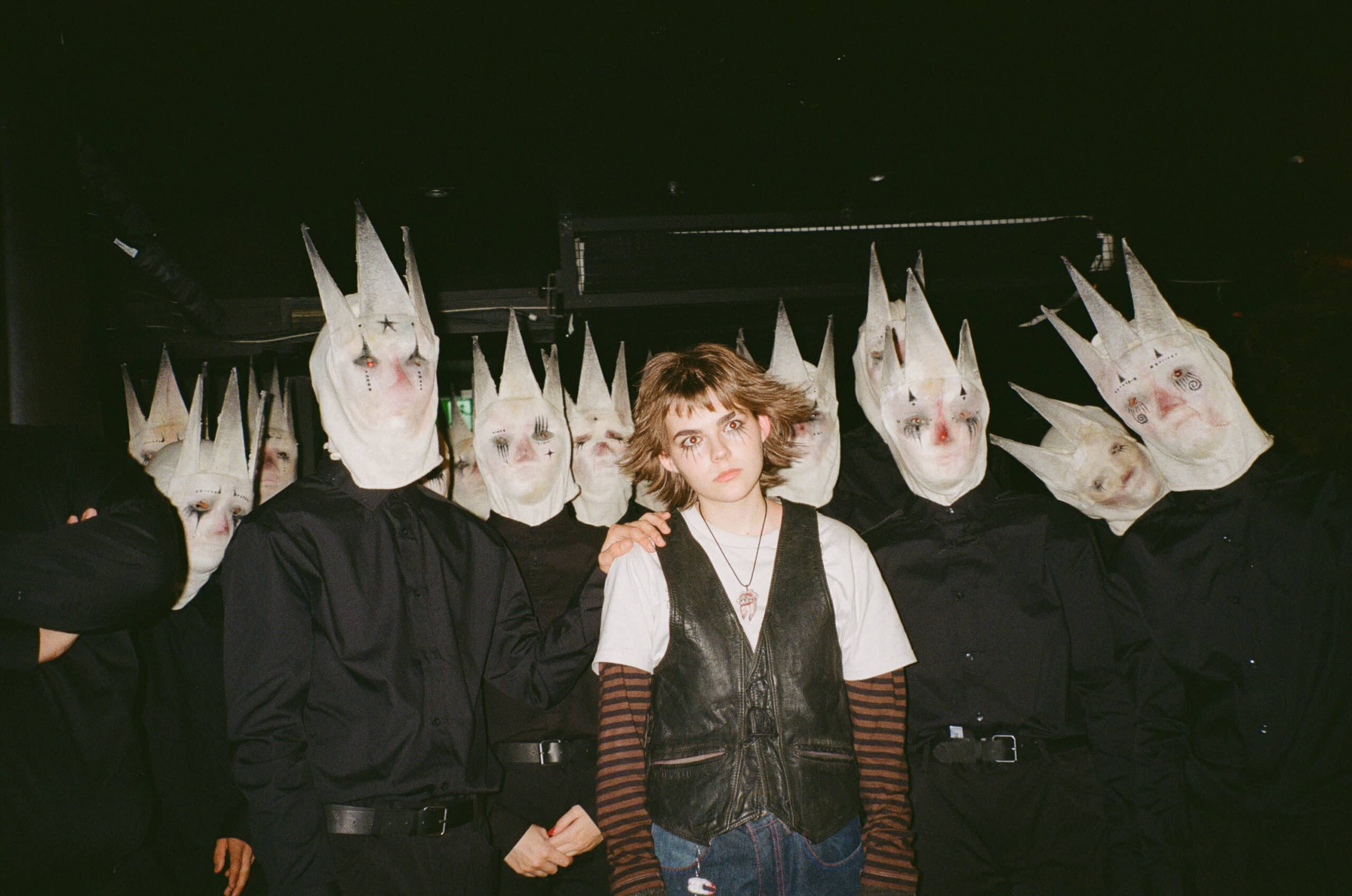
Du hast erwähnt, dass du auch Musikvideos machst - erzähl uns mehr darüber, wie du mit Videos angefangen hast.
Der Videoteil meiner Arbeit kam zustande, als ich im Geräteverleih arbeitete. Ich arbeitete in einem Studio, das über eine Menge Videoausrüstung verfügte, und es gehörte zu meinem Job, mich mit dieser Ausrüstung vertraut zu machen. Ich bin jemand, der durch Handeln lernt, also habe ich einfach angefangen, Videos zu drehen. Vieles davon waren DIY-Musikvideos, und so lernte ich die Kameramenüs kennen, was ein Codec ist, die Bildrate - alles Dinge, die mir als Fotografin völlig unbekannt waren.
Ich habe im Grunde genommen durch Handeln gelernt und ich mache immer noch weiter - ich denke, es gibt immer mehr zu lernen. Es ist wirklich hilfreich, wenn man als Fotograf auch ein bisschen Erfahrung mit Videos hat. Die Leute wollen oft sowohl Fotos als auch Videos für einen Auftrag und es ist schön, wenn man beides anbieten kann.
Musikvideos entstehen auf unterschiedliche Weise. Manchmal mache ich ein wirklich ausführliches Treatment für ein Video, bei dem ich eine Idee entwickle, Referenzen finde, jeden Aspekt des Videos beschreibe und so weiter. In anderen Fällen meldet sich jemand mit einer Idee, die er umsetzen möchte, und es ist meine Aufgabe, diese Idee zu konkretisieren und zum Leben zu erwecken. Ich muss immer bedenken, was im Rahmen des Budgets machbar sein wird. Ich muss gleichzeitig als Regisseurin und als Produzentin denken - beim ersten Mal war das eine Herausforderung für mich, aber jetzt kann ich mich damit besser anfreunden.
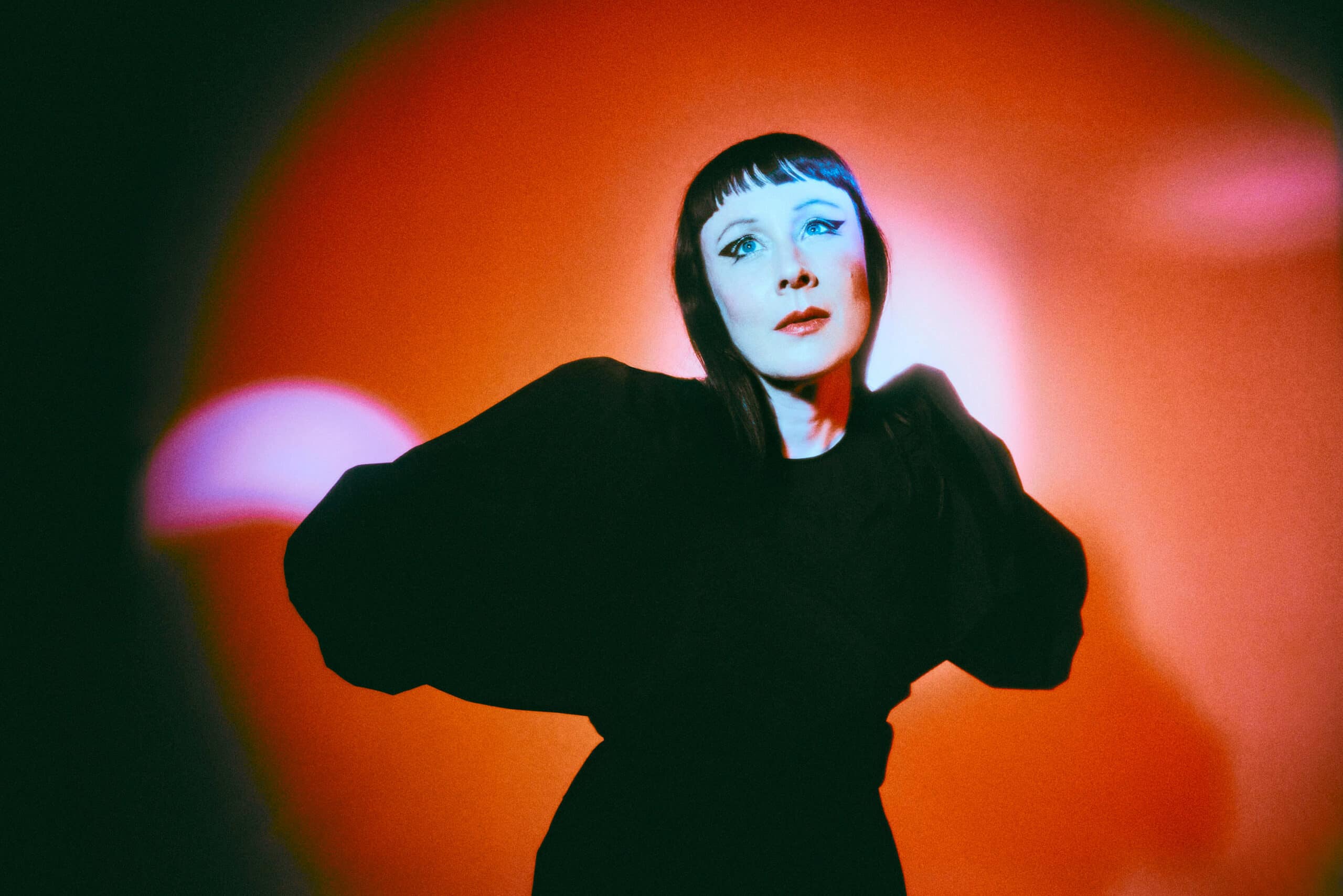
Deine Arbeiten zeichnen sich durch eine sehr kräftige Farbgebung und dramatische Beleuchtung aus. Wie bist du zu diesem Stil gekommen?
Ich liebe es, mit farbigen Lichtern zu arbeiten. Ich glaube, das hat sich aus meiner Jugendliebe zu Photoshop und Farbkorrekturen entwickelt - Farbkorrekturen waren eines der Dinge, die mich wirklich süchtig nach Fotografie gemacht haben. Es geht nicht nur darum, ein Foto zu machen, sondern auch darum, was man danach damit machen kann. Im Laufe der Zeit habe ich versucht, mich bei der Nachbearbeitung etwas zurückzuhalten und viele der satten Farben direkt vor der Kamera zu bearbeiten.
Die Veränderungen in der Beleuchtungstechnik, die in den letzten 10 Jahren stattgefunden haben, haben meine Arbeit ebenfalls beeinflusst, zum Beispiel die Einführung von Vollspektrum-LEDs. Sie machen es so einfach, mit Farben zu spielen und das auch noch ganz allein. Wenn du Stroboskope verwendest und alle Stroboskope gelieren musst, ist es sehr hilfreich, ein zusätzliches Paar Hände zu haben, das dir beim Testen und Einrichten der Beleuchtung hilft. Wenn du hingegen Vollspektrum-LEDs verwendest, sind sie einfach ständig an. Du kannst leichter sehen, was du tust, und es ist möglich, allein zu arbeiten und mit Farben zu experimentieren.
Mir ist aufgefallen, dass viele Musiker über Synästhesie sprechen und das Gefühl haben, dass ihre Musik eine Farbe hat. Obwohl ich eher von der visuellen als von der auditiven Seite komme, habe ich das gleiche Gefühl, vor allem, wenn ich mit Musikern zusammenarbeite. Ihre Musik hat eine bestimmte Stimmung, und es ist meine Aufgabe, diese visuell zu interpretieren. Das ist ziemlich schwierig, weil es natürlich verschiedene Medien gibt, aber ich glaube, Farbe spielt eine große Rolle, wenn es darum geht, Klang darzustellen. Das ist definitiv ein Grund für meine Arbeit.
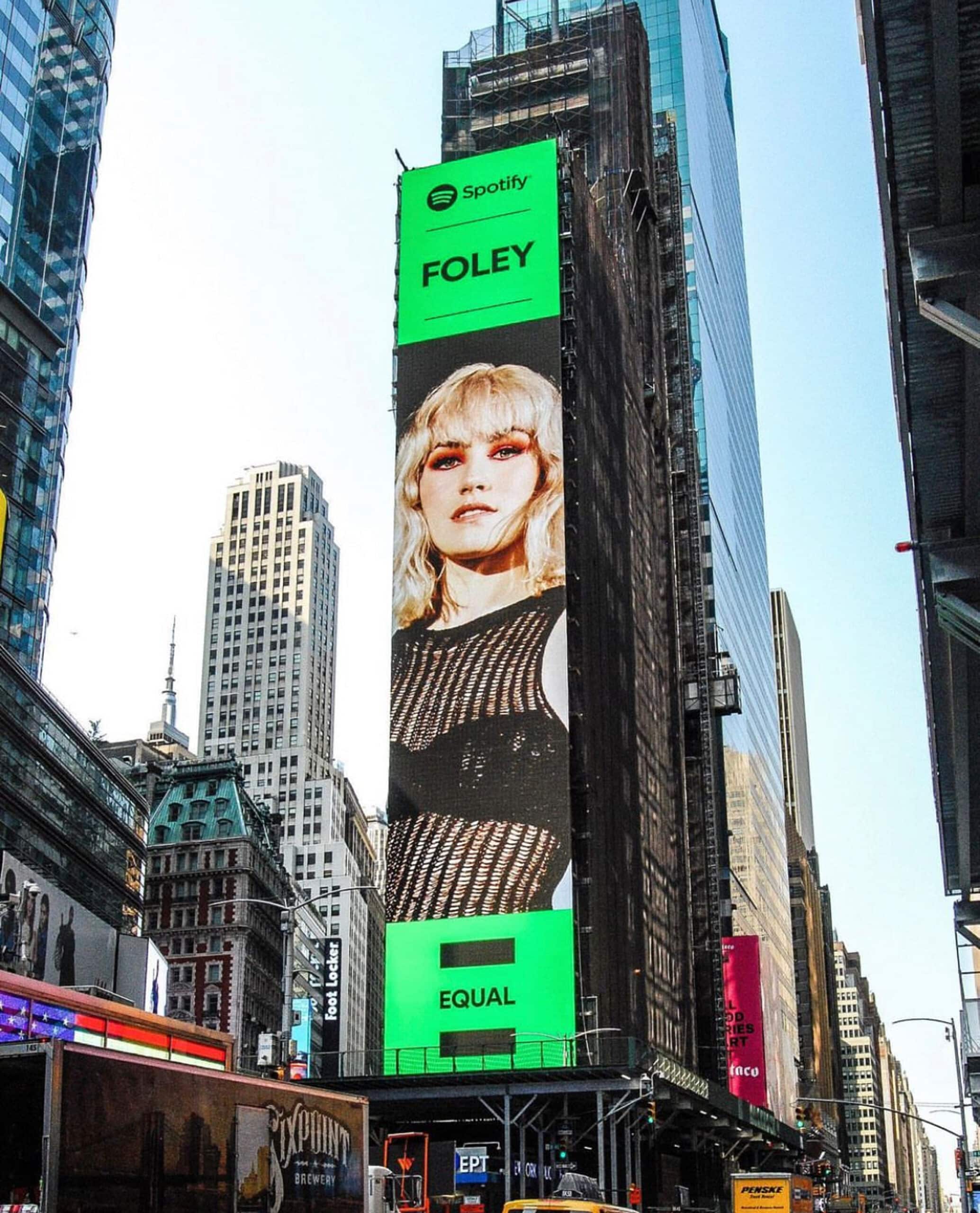
Wie fühlt es sich an, deine Arbeit in Publikationen wie dem Rolling Stone zu sehen?
Wir haben hier so tolle Musikerinnen und Musiker, von denen einige unweigerlich von den großen Musikzeitschriften vorgestellt werden, weil sie wirklich gut sind. Ich vermarkte mich eigentlich gar nicht - unsere Community ist so klein, dass die Mundpropaganda die ganze Arbeit macht, und ich fotografiere viele Musiker hier in Auckland. Manchmal habe ich das Gefühl, dass ich auf dem Rockschoß dieser großartigen Musiker reite - ich habe die Fotos gemacht, und das ist nicht so glamourös, wie es klingt. Aber versteh mich nicht falsch - ich werde diese Errungenschaft annehmen und sagen: "Ich wurde im Rolling Stone veröffentlicht".
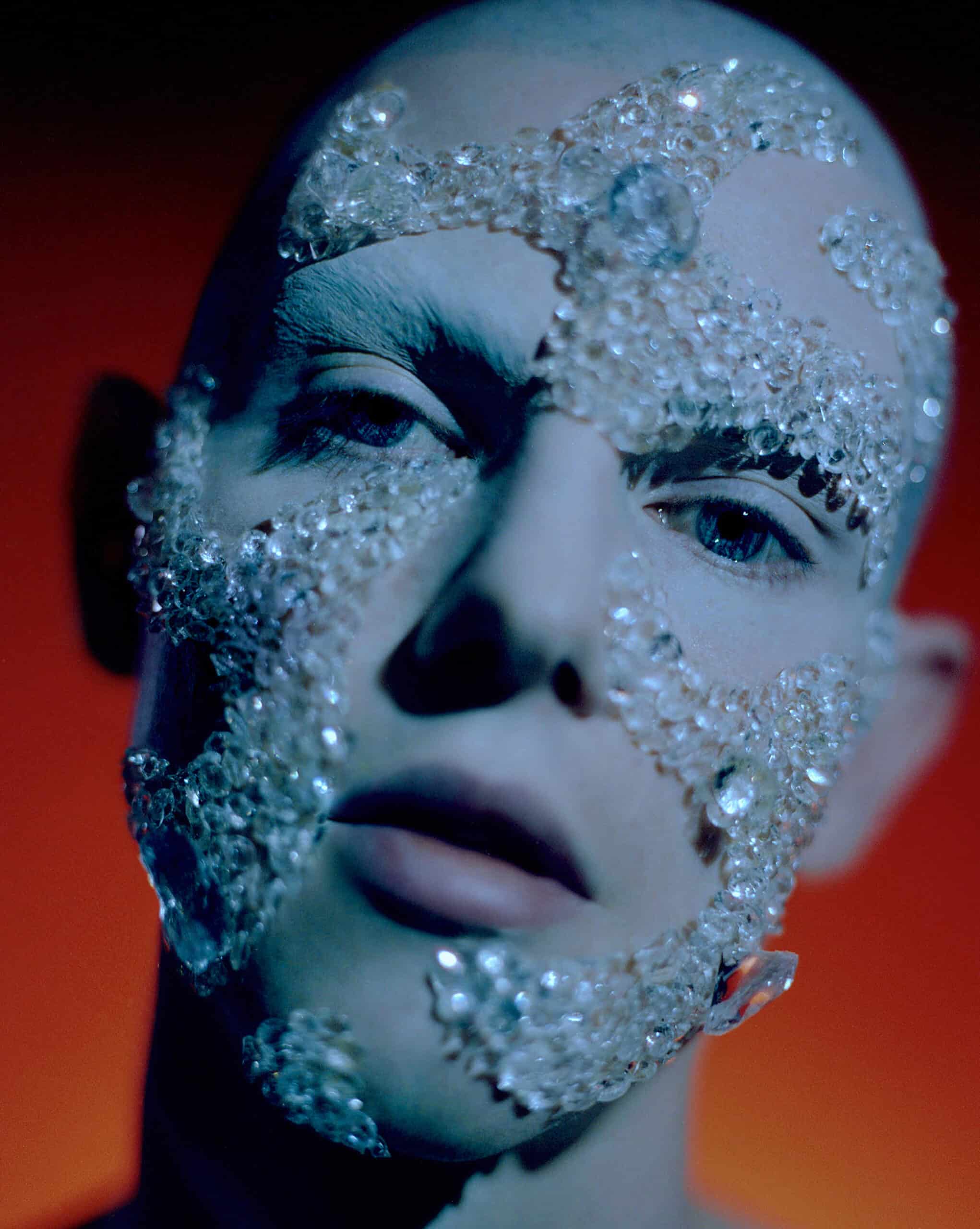
Welchen Rat würdest du aufstrebenden Fotografen geben?
Mein Rat an Fotografen, die Musikfotografie machen wollen, ist, sich zu spezialisieren - finde dein Ding und mach es. Als ich anfing, habe ich mich auf viele verschiedene Genres verteilt und kam an einen Punkt, an dem die Leute mich als Modefotografin bezeichneten. Obwohl es mir Spaß gemacht hat, Mode zu fotografieren, dachte ich: "Hmm, ich glaube nicht, dass das mein Ding ist. Ich will als Musikfotograf bekannt sein." Ich zog mich absichtlich von meiner Modefotografie zurück und sagte den Leuten: "Ich mache Musik. Das ist es, was ich mache." Es dauerte etwa vier oder fünf Jahre, bis sich die Wahrnehmung meiner Arbeit änderte, und jetzt bin ich dafür bekannt.
Jetzt, wo ich diese Nische gefunden habe, fühle ich mich eher in der Lage, andere Dinge zu erkunden, aber ich denke, es ist besser, bei einer Sache zu bleiben, als sich auf Landschaft, Produkt, Porträt und Hochzeiten zu verteilen - mach nicht alles. Es gibt genug von uns. Wir tun nicht alle müssen das alles tun.
Ich denke, es spricht auch einiges dafür, nicht zu früh ins kalte Wasser zu springen, denn ich hatte meine Nebenbeschäftigungen. Ob ich nun Ausrüstung vermietete, als Fotoassistentin arbeitete oder andere Dinge tat, es dauerte viele Jahre, bis ich mich für mein Einkommen ausschließlich auf die Fotografie verlassen konnte. Dieses Nebeneinkommen gab mir die Flexibilität, Aufträge abzulehnen, die nicht zu der Art von Fotograf passten, als die ich bekannt sein wollte.
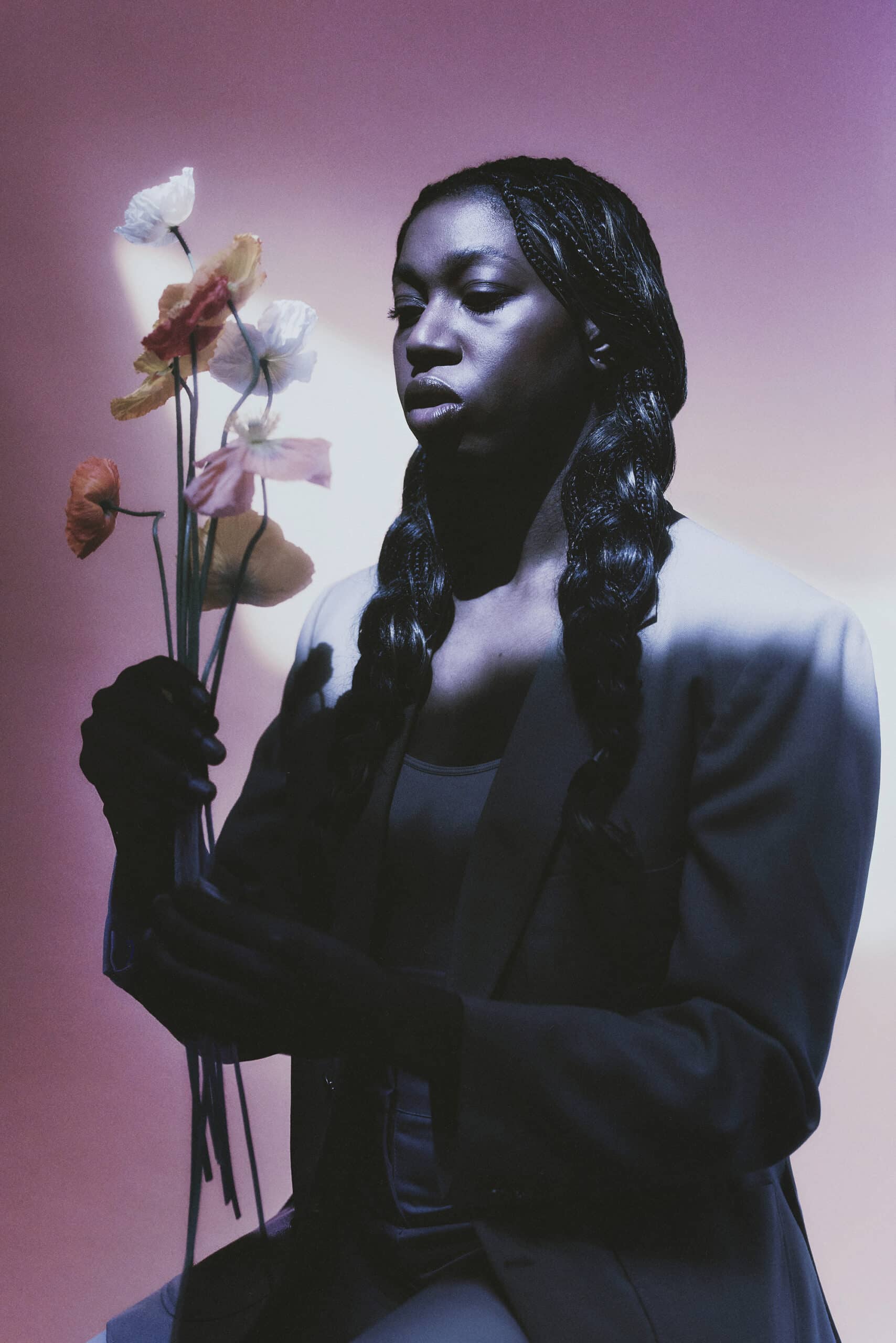
Welche Rolle spielt deine Portfolio-Website für deine Karriere und deinen Arbeitsablauf?
Ich liebe es, mir meine eigene Website anzuschauen. Ich weiß nicht, ob es komisch ist, das zu sagen, aber ich gehöre zur Generation der Millennials und habe hauptsächlich mit digitalen Medien gearbeitet. Gelegentlich fotografiere ich auch auf Film, aber ich bin hauptsächlich ein digitaler Fotograf und wir sehen fast nie etwas Physisches. Normalerweise drucke ich meine Arbeiten nicht aus oder schaue mir mein Archiv nicht in einer übergreifenden Form an. Meine Website ist derzeit der beste Ort, um die jahrelange Arbeit zu sehen, die ich in diese Karriere gesteckt habe. Ja, sie zeigt meine besten Arbeiten.
Instagram ist auch gut, um zu zeigen, was du gerade machst, aber wenn es darum geht, zu zeigen, wo dein Schwerpunkt liegt und welche Themen sich durch deine Arbeit ziehen, finde ich es toll, dass ich meine Website so gestalten kann, dass sie das zeigt.
Baue dein Portfolio mit Format auf
Von Fotografen als #1 Online Portfolio Builder bewertet.
In letzter Zeit habe ich viel mit Kundengalerien gearbeitet, das war eine neue Ergänzung meines Workflows. Ich fand es toll, dass ich die Leute auf meine Website schicken konnte, wo sie sich die lange Liste der Aufnahmen ansehen konnten, aus denen sie eine Auswahl treffen wollten. Ich mag es auch, mein Lieblingsbild aus dem Shooting als Titelbild zu verwenden. Wenn die Leute dann ihre Fotos vom Shooting ansehen, landen sie nicht in einem Dropbox-Ordner oder etwas, das nicht schön aussieht. Das hat schon ein bisschen Stil. Und ich kann mit einem wirklich guten Bild direkt auf der Startseite beginnen, um zu zeigen: "Keine Sorge, wir haben das Foto." Und dann sehen sie sich alles andere an.
Kundengalerien haben das Spiel verändert. Im Vergleich zu den verschiedenen Methoden, die ich vorher verwendet habe, ist die Kundengalerie klasse - sie ist der volle Service.
Ich finde es toll, eine gut aussehende Website zu haben, an der ich im Hintergrund absolut nichts tun muss. Das ist ein Maß an Professionalität, das wirklich leicht zu erreichen ist.
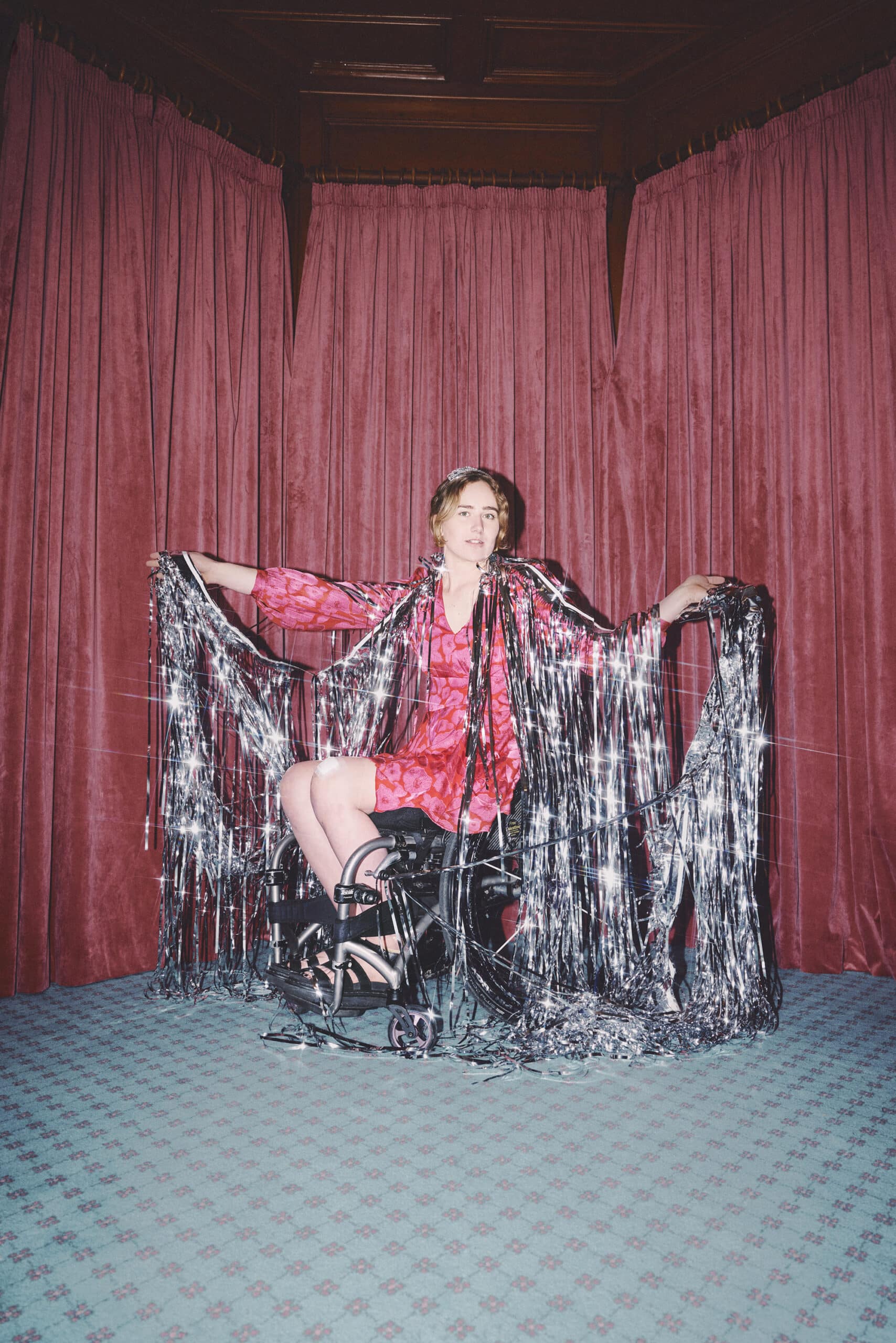
Was steht bei dir in der Zukunft an? Hast du irgendwelche bevorstehenden Projekte, die du mit uns teilen kannst?
Ich habe einfach eine Pause genossen, einen Urlaub. Wenn das Jahr zu Ende geht, freue ich mich darauf, einfach abzuschalten und die Kamera vielleicht nicht wegzulegen, sondern zu einer ganz anderen, kleineren Kamera zu wechseln - ich habe eine kleine Filmkamera, die in meine Tasche passt. Ich mache Fotos zum Spaß und nicht für die Arbeit.
Ich habe auch an einer Reihe von Porträtshootings mit meinem Freund Léon Bristow gearbeitet, der ein Online-Verzeichnis erstellt, das Talente aus den POC-, Regenbogen- und Behinderten-Communities in Aotearoa repräsentiert. Heutzutage sind sich alle viel bewusster, dass sie Vielfalt in ihren Bildern darstellen müssen, aber manchmal fällt es ihnen immer noch schwer, das zu tun. Die Talente, die gecastet werden, sehen vielleicht so aus, als ob sie einer bestimmten Bevölkerungsgruppe angehören könnten, aber oft sind sie es nicht und es fehlt ihnen die gelebte Erfahrung.
Ich liebe es wirklich, die Porträts der Talente für dieses Verzeichnis zu erstellen - es heißt "Lebewesen." Es gibt kein Produkt zu verkaufen, es gibt keinen Plan - es geht einfach darum, die Person vor dem Objektiv zu feiern. Es ist schön, Menschen zu fotografieren, einfach weil sie sie sind. Ich glaube, das ist es, was mich dazu gebracht hat, bei der Musikfotografie zu bleiben und nicht bei der Modefotografie - sie konzentriert sich wirklich auf die Person, die du fotografierst. Modefotografie ist wunderschön und macht wirklich Spaß, aber dabei geht es oft darum, ein Model in eine andere Person zu verwandeln. Ich ziehe es vor, das Wesen der Person, die ich fotografiere, hervorzuheben.
Das Verzeichnisprojekt wird Anfang 2025 starten, und im Februar wird es eine kleine Ausstellung dieser Arbeit im Studio One Toi Tū geben. WESEN: Tātou Tātou wird vom 19. bis 28. Februar 2025 geöffnet sein.
